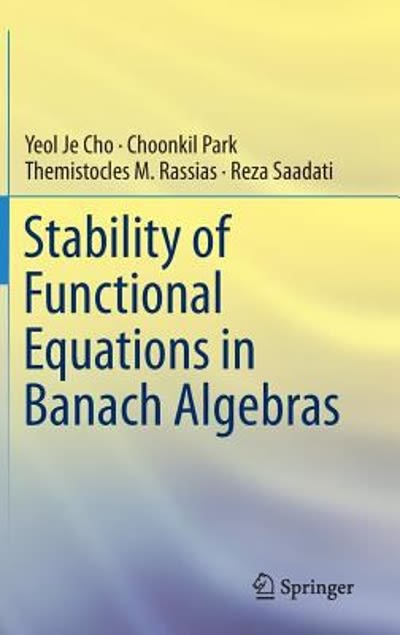A study was done to look at the relationship between number of movies people watch at the theater each year and the number of books that they read each year. The results of the survey are shown below. Movies 4 3 1 78 0 4 10 0 3 Books 1 6 8 7 2 12 5 5 11 8 a. Find the correlation coefficient: Round to 2 decimal places. b. The null and alternative hypotheses for correlation are: Ho: 2 - 0 7 0 The p-value is: Round to 4 decimal places. c. Use a level of significance of or = 0.05 to state the conclusion of the hypothesis test in the context of the study. There is statistically significant evidence to conclude that a person who watches fewer movies will read fewer books than a person who watches fewer movies. There is statistically significant evidence to conclude that a person who watches more movies will read fewer books than a person who watches fewer movies. There is statistically significant evidence to conclude that there is a correlation between the number of movies watched per year and the number of books read per year. Thus, the regression line is useful. There is statistically insignificant evidence to conclude that there is a correlation between the number of movies watched per year and the number of books read per year. Thus, the use of the regression line is not appropriate. d. 72 = (Round to two decimal places) e. Interpret r2 : There is a large variation in the number books people read each year, but if you only look at people who watch a fixed number of movies each year, this variation on average is reduced by 54%. O Given any fixed number of movies watched per year, 54% of the population reads the predicted number of books per year. There is a 54% chance that the regression line will be a good predictor for the number of books people read based on the number of movies they watch each year. 54% of all people watch about the same number of movies as they read books each year. f. The equation of the linear regression line is: y = (Please show your answers to two decimal places) g. Use the model to predict the number of books read per year for someone who watches 6 movies per year. Books per year = (Please round your answer to the nearest whole number.) h. Interpret the slope of the regression line in the context of the question: The slope has no practical meaning since people cannot read a negative number of books. As x goes up, y goes down. For every additional movie that people watch each year, there tends to be an average decrease of 0.68 books read. i. Interpret the y-intercept in the context of the question: The average number of books read per year is predicted to be 10 books. The y-intercept has no practical meaning for this study. The best prediction for a person who doesn't watch any movies is that they will read 10 books each year. If someone watches 0 movies per year, then that person will read 10 books this year







